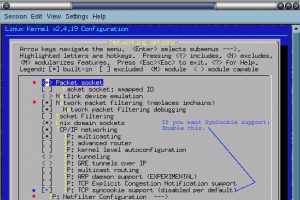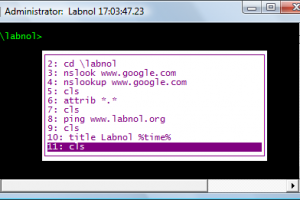Util to clean up your logfiles.
If you’re like me, you have a list with 430 subscribers, plus 100+ messages per day coming in over UUCP. Well, what’s a hacker to do with these huge logs? Install chklogs, that’s what. Chklogs is written by Emilio Grimaldo, grimaldo@panama.iaehv.nl, and the current version 1.8 available from http://ftp.iaehv.nl:/pub/users/grimaldo/chklogs-1.8.tar.gz. It’s pretty self explanatory to install(you will, of course, check out the info in the doc subdirectory). Once you’ve got it installed, add a crontab entry like this:
# Run chklogs at 9:00PM daily.
00 21 * * * /usr/local/sbin/chklogs -m




